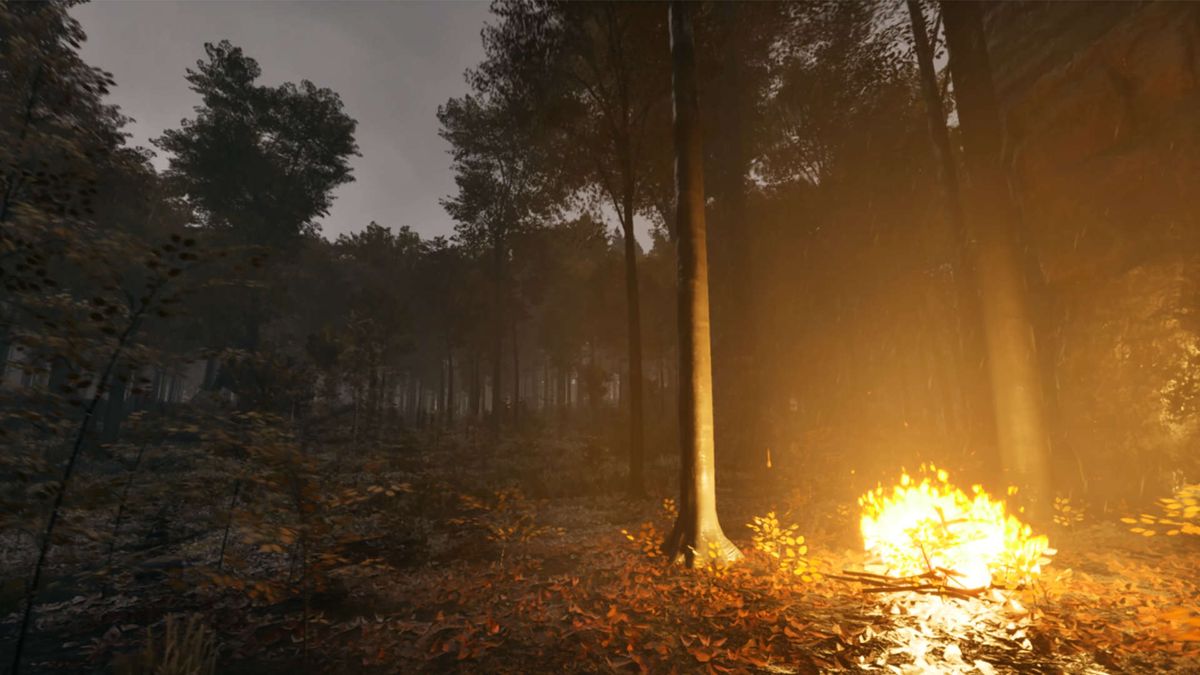
In her new novel , Swedish journalist and novelist Ann-Helén Laestadius digs deep into the history of mistreatment of the Indigenous Sámi and the traumatic legacy inherited by the children forced to attend Swedish residential schools in the 1950s. Read this article for free: Already have an account? To continue reading, please subscribe: * In her new novel , Swedish journalist and novelist Ann-Helén Laestadius digs deep into the history of mistreatment of the Indigenous Sámi and the traumatic legacy inherited by the children forced to attend Swedish residential schools in the 1950s. Read unlimited articles for free today: Already have an account? In her new novel , Swedish journalist and novelist Ann-Helén Laestadius digs deep into the history of mistreatment of the Indigenous Sámi and the traumatic legacy inherited by the children forced to attend Swedish residential schools in the 1950s.
Of Sámi and Tornedalian descent, two of Sweden’s minority populations, Laestadius’s latest novel is heavily inspired by the experiences of her mother, who was forced to attend a nomad school as a girl. The Sámi are a semi-nomadic culture who rely on herding reindeer through a large traditional territory which crosses the borders of several Nordic countries including Sweden, Norway and Finland. Laestadius has also explored the plight of the Sámi in previous work, including the 2023 novel , which was made into a Netflix film of the same name in 2024.

Thronn Ullberg photo Ann-Helén Leastadius’s latest draws on her mother’s experience attending a nomad school. Remarkably similar to Canadian residential schools, both in their goal to eliminate the Indigenous culture of its pupils and the abuse inflicted on those children, the nomad schools in Sweden, Norway and Finland have left a dark legacy of colonial oppression and a generation of traumatized Sámi people. In modern day, these schools have been the subject of a truth and reconciliation commission and roundly condemned for their aggressive “Swedification” and “Norwegianification” at the expense of Indigenous culture.
Former pupils forced to attend the school were removed from their families, forbidden from speaking their own language, practicing their culture and wearing their own clothes, and were abused by school staff charged with their care. Despite this recognition of the harm caused, discrimination against the Sámi remains an ongoing social problem. The novel follows the perspectives of a number of children forced to attend a nomad school across two main time periods: the mid-1950s, when they are attending the school, and the mid-‘80s as the trauma they’ve suffered affects their lives as adults.
As a boy, Jon-Ante is small and awkward, an easy target for the school’s bullies and the vicious headmistress, or housemother. As a grown man, he is a loner working at a mine, having left his Sámi heritage behind. Young Anne-Risten tries to hide she is beginning puberty in order to avoid being groped by the boys at the school.
As an adult, Anne-Risten has grown into a cripplingly anxious woman, constantly worried for herself and her children, much to their embarrassment. There’s also Nilsa, a notorious bully both as a boy and an adult. He and many other characters allow Laestadius to fully explore the larger social impacts of the nomad school through the lenses of individual trauma and experience.
The novel is a sprawling and sometimes overwhelming read. The characters are expertly crafted and realized, but there are a lot of them. And for readers unfamiliar with the Sámi and Swedish names (the children are often given “proper” Swedish names), keeping everyone straight can be a challenge.
Punished The jacket description suggests the main catalyst of the plot is the reappearance in town of the school’s housemother, now a frail and sickly old woman. While this is indeed part of the plot, it is perhaps not the driving force of the narrative. Laestadius has more than enough material in simply exploring how the children’s experiences in the nomad school have not only followed them but shaped their lives.
is more of a slow and thoughtful examination of these characters than a propulsive, conflict-driven plot. This more rounded and encompassing structure is to the novel’s credit, allowing it to delve deeply into its themes. is a fascinating, nuanced exploration of cultural trauma and the personal damage wrought by colonialism.
Laestadius’s characters are tragic and triumphant, altruistic and frustrating. This is an important novel that puts a human face on a dark cultural legacy. Despite being set in Sweden, there are obvious parallels to Canada’s own damaged cultural history.
Keith Cadieux is a Winnipeg writer and editor. His latest story collection Donner Parties and Other Anti-Social Gatherings is out now from At Bay Press. He also co-edited the horror anthology What Draws Us Near, published by Little Ghosts Books.
Punished: A Novel By Ann-Helén Laestadius, translated by Rachel Wilson-Broyles Scribner, 448 pages, $26 Advertisement Advertisement.















